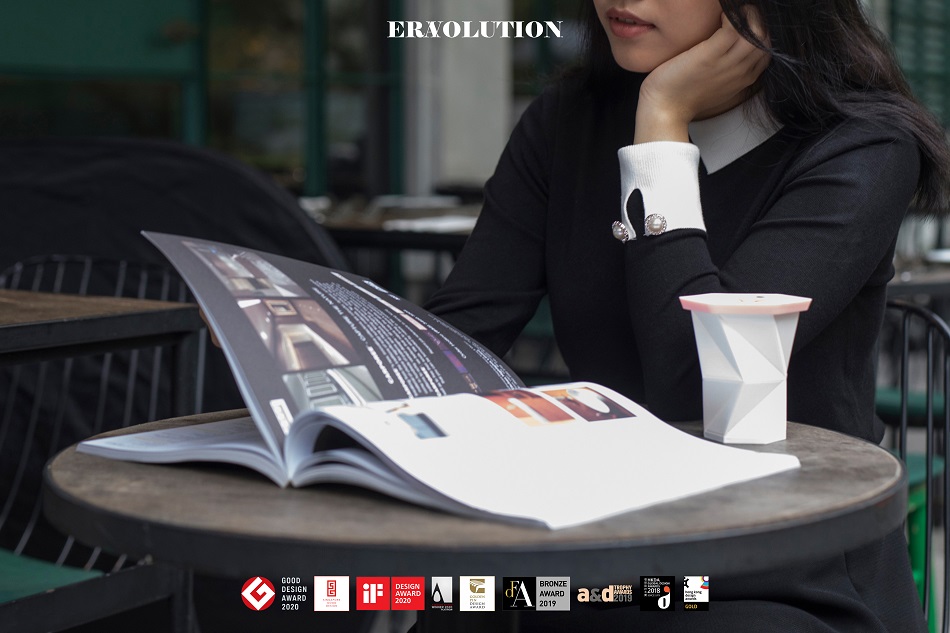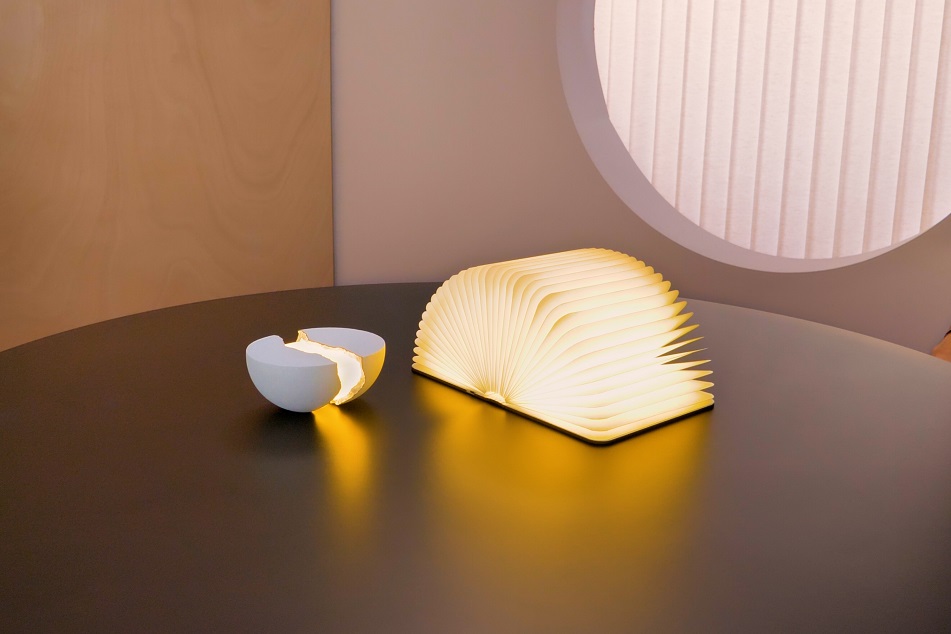PMQ Corner #36
Graphic Design in Japan 2019 Debut in Hong Kong. Humanity on Top of Beauty (I)
Graphic Design in Japan 2019 (Hong Kong Edition)
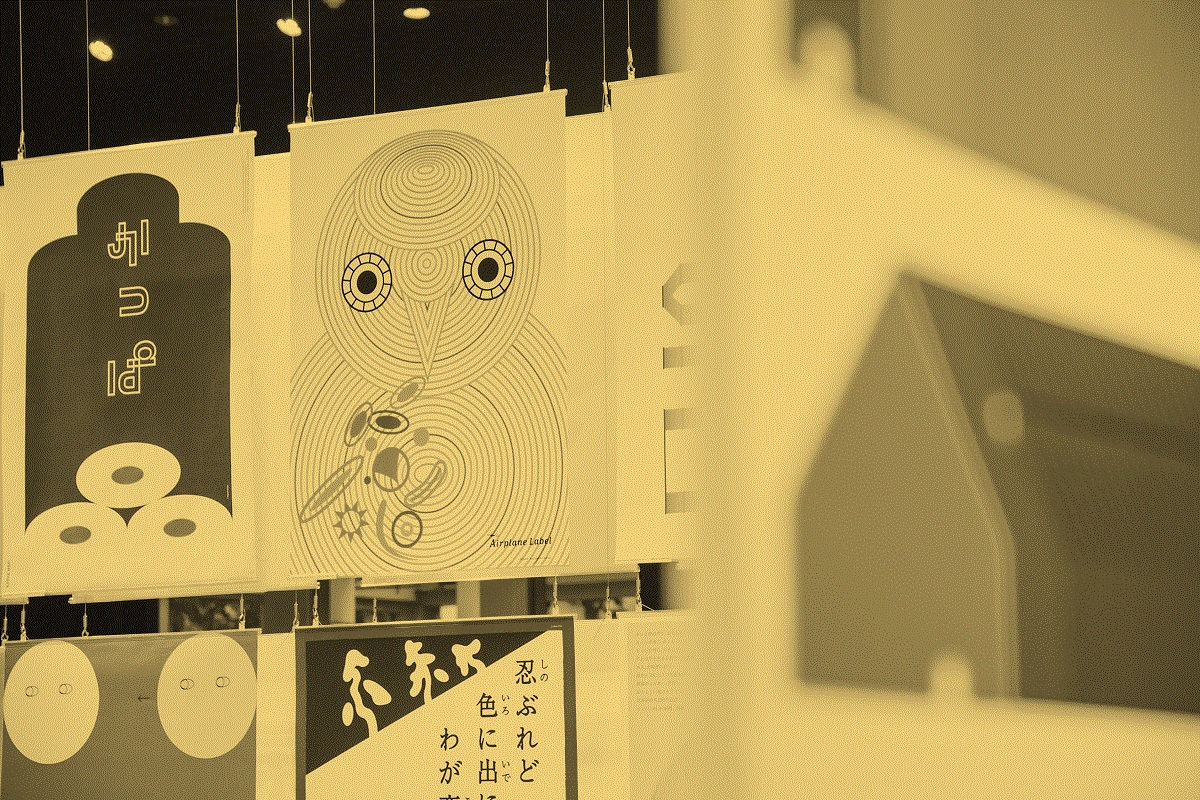
Text: Ko Cheung
Photo: Ko Cheung, PMQ元創方
“Designs witness the history whenever it is, so they must show their time-honoured vitality,” believed Yusaku Kamekura, widely acclaimed as father of modern design in Japan. To expand the aesthetics and functions of designs and to live a full, problem-solving life responsive to the times, Kamekura, in partnership with his passionate peers, founded the Japan Graphic Designers Association (JAGDA) in 1978 to bring the existing and upcoming industry talents for further exploration of the principles, craftsmanship and essence of modern design.
By virtue of Kamekura’s concerted efforts, more than 3,000 team members have never stopped their contribution in the 41-year-old JAGDA, which has already turned to Asia's largest design group. Its yearbook “Graphic Design in Japan”, the Yusaku Kamekura Design Award, the JAGDA Award and the JAGDA New Designer Awards, in tandem with the various exhibitions, have not only brought many design elites onto the design centre stage, but facilitated international acknowledgement on the true colours of graphic design. This Autumn, PMQ joined hands with JAGDA to run in the city the debut of “Graphic Design in Japan (GDJ) 2019 (Hong Kong Edition)”, arousing interest and awareness of a plethora of art and design fans.
When a Polish curator sees the Japanese designs…
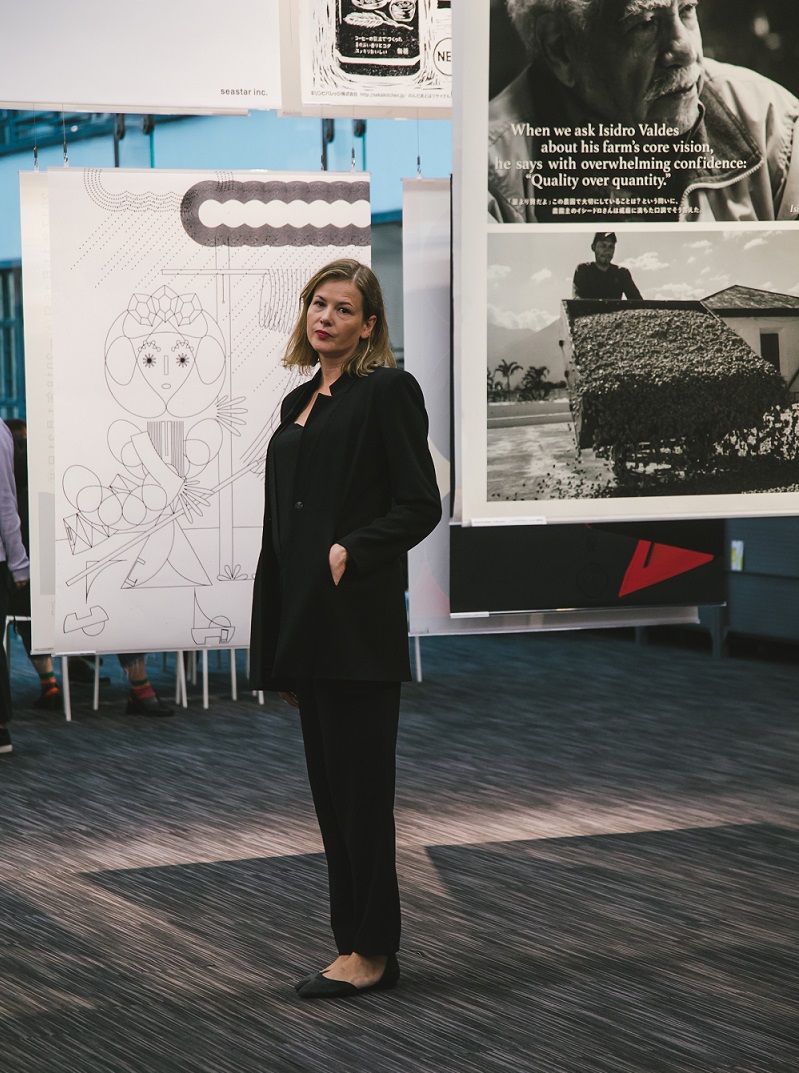
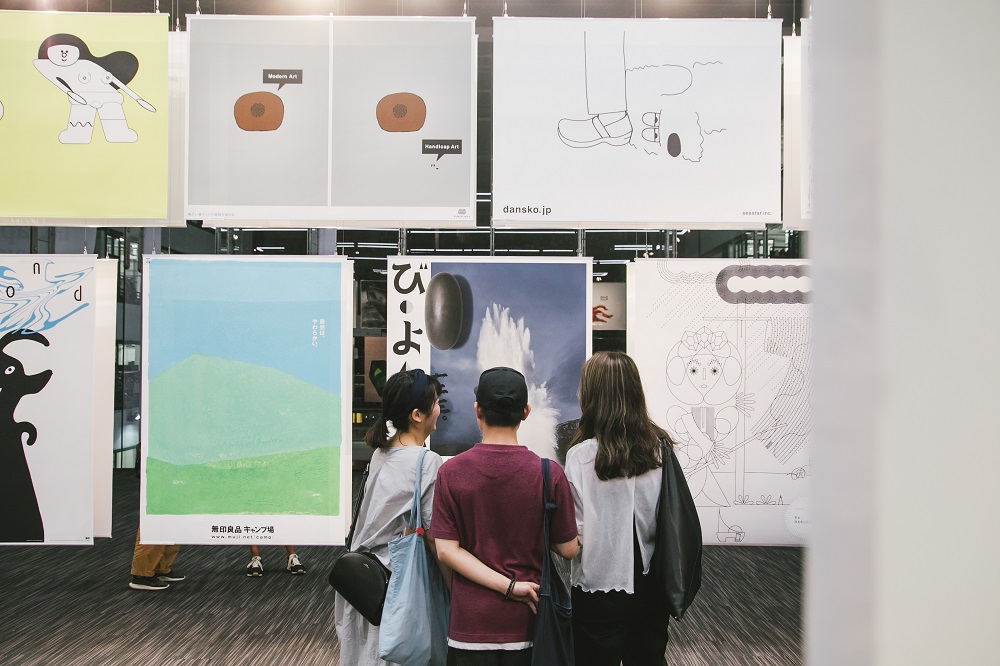
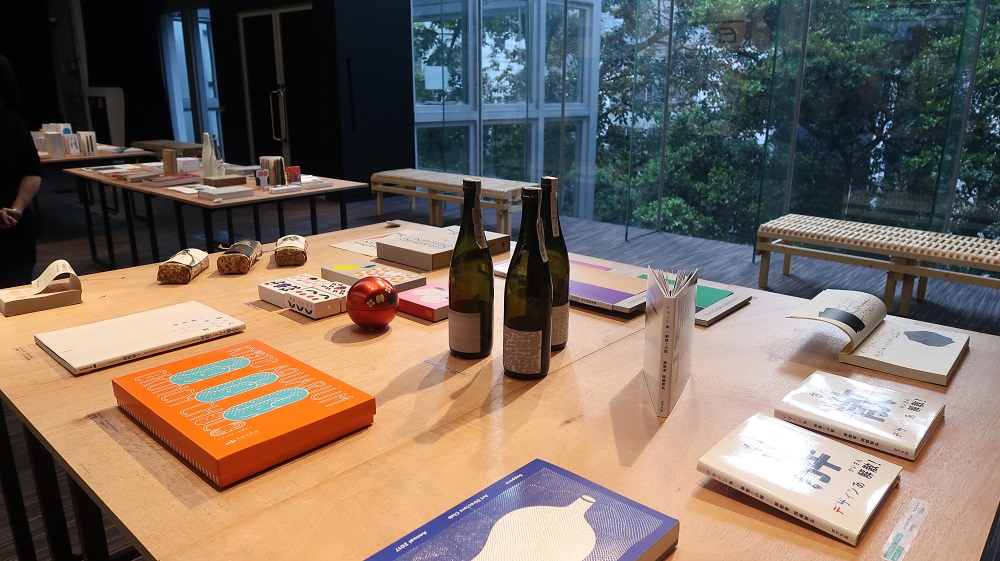
Agnieszka Mori, curator of GDJ, shared with the guests happily the cooperation of JAGDA and PMQ¬. With a contented smile on her face, the European lady was asked why she motivated herself to get involved in this exhibition showing the Japanese style. “Polish humanity theorist Alicja Kępińska once said that you’re in another place once you’re in the airport. Likewise in art curation, once I’m committed to a new exhibition, I’m in the airport to get ready for my new, fun and challenging journey. How can I transform all complicated information, materials and observations into exhibitions? How can I make the exhibition and its works resonate with the audience? All these questions prove my experience, sensitivity and concentration. It’s never easy, but I enjoy it very much.”
Design is our international language
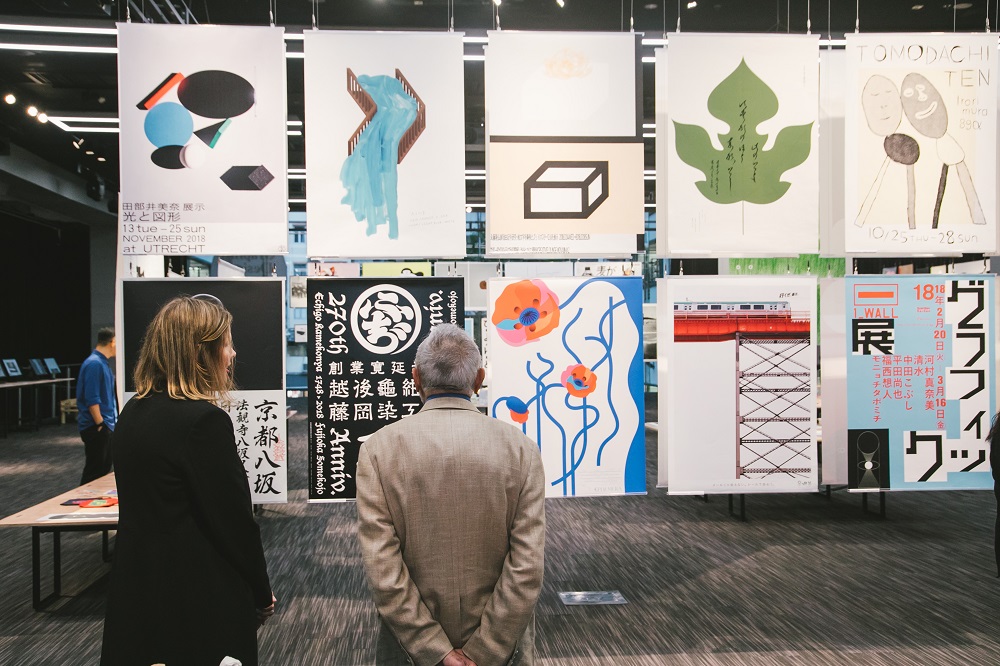
It is Mori’s background that shapes her passion for internationalism. Growing up in Poland, she, however, had to travel among, to name but a few, Poland, Hong Kong and Japan since her mother’s twin sister had moved to Japan in the 1980s and later to Hong Kong for work, equipping her with a sophisticated understanding of cultural differences and characteristics among different societies, language and education systems, aesthetic styles and interpersonal relationships.
“I often ask myself what can the design look like in such a situation?” The curator cum poster designer and graphic artist likes to think about the connection between the design and the people. “Graphic design is a visual communication system that appears almost everywhere in our life: commercial fields, public utilities, art venues and even daily necessities. However it looks, the design is inseparable from the balance among aesthetics, functions and concepts. The way to deal with it properly is a fair international language that helps people from different countries know and communicate with each other well.” With her ideas in line with JAGDA's philosophy, it is no wonder that both sides have seamless cooperation.
JAGDA: Design Aspiration of Yusaku Kamekura
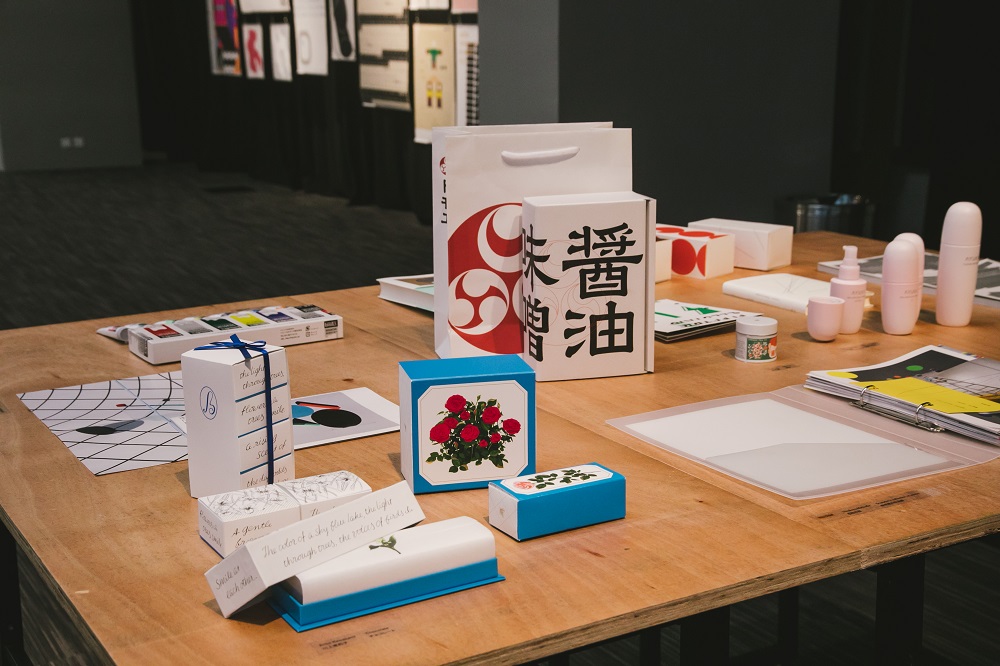
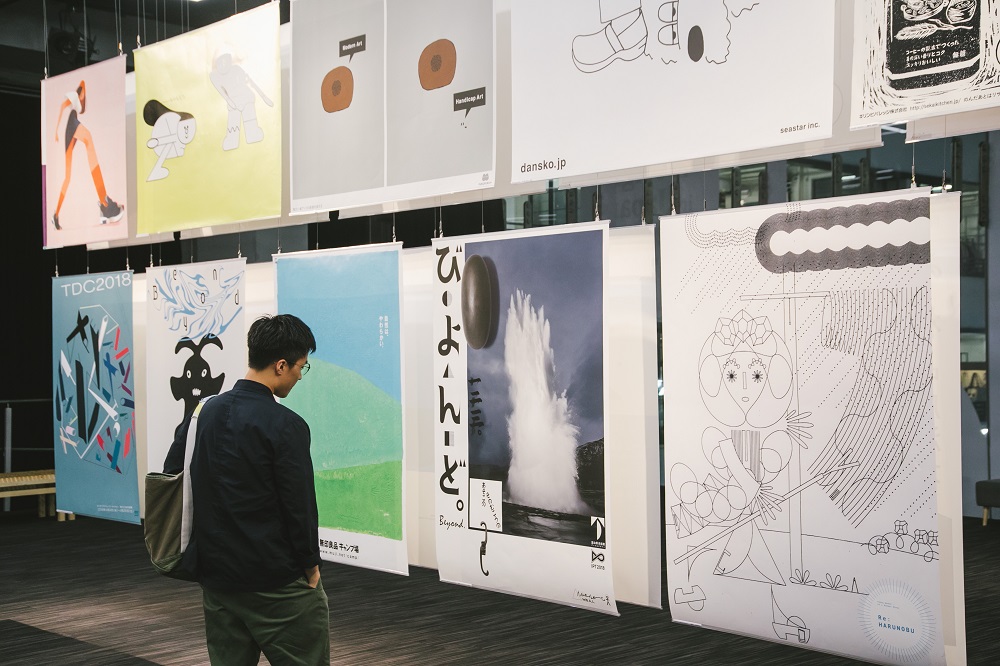
Besides Mori's sharing, how can the GDJ exhibition present its humanity? The background of the exhibition and the shortlisted artworks can tell. Yusaku Kamekura was graduated from New Institute of Architecture and Crafts (新建築工芸学院) in the 1960s when Hayato Ikeda, then Japanese Prime Minister, promoted national economic growth by putting National Income Multiplier Program in force. Hence, handsome investments from local conglomerates like Toyota, Nikon and Asahi Beer in design and branding benefitted many designers those good years, when Kamekura was once appointed Art Director of NIPPON and Commerce Japan magazine, General Manager of Japan Design Centre Company Limited in 1960 following his involvement in its establishment, and Official Designer of the poster logo for the 1964 Olympics in Japan.
Among the first generation of the post-WWII graphic designers, Kamekura had, however, never been satisfied with his insignificant achievements. His rich personal experiences convinced him that a design was embodied in the strong senses of aesthetic and emotion in addition to its economic and image benefits, epitomising the idea that the post-war homeland could render far-reaching and highly spiritual strength. This explained Kamekura’s devotion to the promotion of Japanese designs in his career, the foundation of JAGDA with his peers to provide a cradle of human-oriented design culture for nurturing the new generation of local talents while strengthening the aesthetic consciousness and escalating the quality of life of the general public.
《Graphic Design in Japan 2019 .Hong Kong Edition》
-
Date: Now till 29-Sept
-
Venue: The QUBE, 2/F, PMQ
-
Free Admission
-
Enquiry:https://bit.ly/2kR9QJ1

